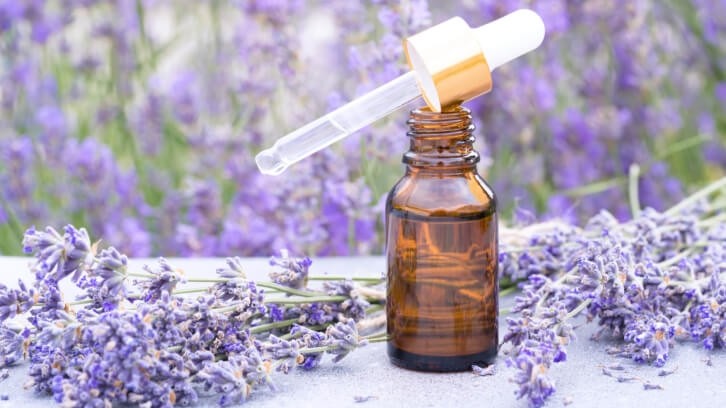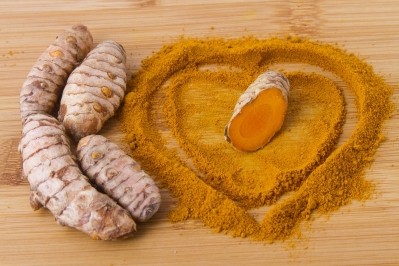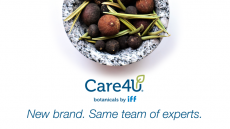BAPP lab guidance lays out methods to detect adulteration in lavender oil

Lavender essential oil has a long history of use as a fragrance and aromatherapy ingredient. It is also used a flavor ingredient and/or bioactive constituent in ingestible products. From a health perspective, lavender essential oil is mostly used as a mood support agent, prized for its calming properties.
Lavender (Lavandula angustifolia Mill.) is a perennial shrub native to the Mediterranean region. It has been cultivated for many years in France, which is still a major producer with 26% of the market. But another of the surprising findings in the bulletin is that Bulgaria is now far and away the world’s leader with 52% of the global market. Bulgaria passed France in 2014 and has been expanding acreage year over year.
Like any essential oil, lavender is produced via a distillation process. The flowers of the plants are steamed to release the volatile components. This means only a tiny fraction of the plant by weight ends up in the finished product, which accounts for its high cost. And that also accounts for the impetus to find ways to cut that raw material cost while still charging a high price on the market.
The wholesale price of bulk authentic English lavender essential oil ranges from $75-100 per liter, according to the ABC-AHP-NCNPR Botanical Adulterants Prevention Program (BAPP). A 2020 BAPP Bulletin revealed that as many as 90% of the lavender essential oil products on the market can be considered to be adulterated. Notably, undisclosed substitution with essential oils from other, lower-cost species of Lavandula appears to be common. One of the reported adulterants of English lavender is the essential oil from lavandin (Lavandula × intermedia), although lavandin is regarded as an acceptable substitute by some authorities.
Other forms of adulteration of English lavender essential oil are the undeclared addition of other essential oils, or oil fractions (a part of the essential oil usually obtained by fractionated distillation, a process that separates the essential oil according to the volatility of the constituents) that are rich in the natural chemical compound linalool. Mixtures of undisclosed purified or synthetic chemicals, such as linalool and linalyl acetate, or non-volatile fatty oils like sunflower oil added as a diluent, have also been reported.
“Some of the methods of lavender oil adulteration are easy to detect,” said Stefan Gafner, PhD, chief science officer of the nonprofit American Botanical Council (ABC) and the director of BAPP. “For example, vegetable oils or compounds known as glycols leave a liquid residue when a drop of oil is placed on filter paper, while essential oils evaporate. On the other hand, some types of adulteration are difficult to determine because fraudsters have found ways to produce materials that resemble English lavender oil very closely.”
Laboratory Guidance Document (LGD)
BAPP’s new Laboratory Guidance Document (LGD) on English lavender essential oil provides an overview of the available laboratory analytical methods, including their strengths and limitations, so quality control personnel in various industries can readily find the right approach for their needs, said Dr Gafner.
The new LGD was written by Oleksandr Shulha, PhD, an expert in natural products chemistry and analysis based in Cherkasy, Ukraine. It provides an evaluation of macroscopic and microscopic features for English lavender flowers, and 48 other analytical methods, including 17 gas chromatography and seven infrared spectroscopy methods, with respect to their suitability to properly determine the identity of lavender essential oil. The LGD was peer reviewed by 16 experts in quality control of medicinal plants from academia and the herb industry in the United States and internationally.
The lavender essential oil LGD is the 16th LGD and the 83rd peer-reviewed publication published by BAPP since its first publication in 2011.
BAPP partners
BAPP is a joint effort between ABC, the lead partner, and the American Herbal Pharmacopoeia (AHP) and the National Center for Natural Products Research (NCNPR) at the University of Mississippi.












